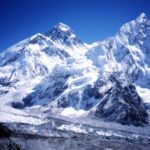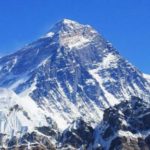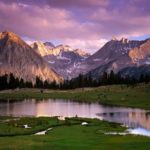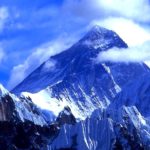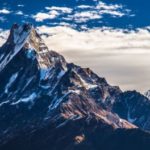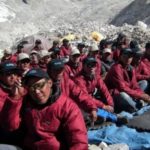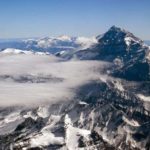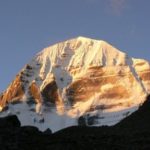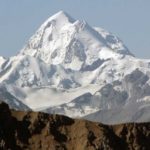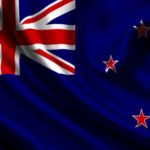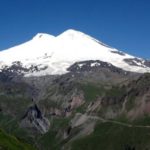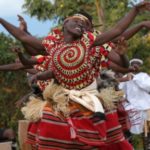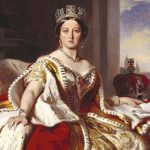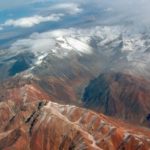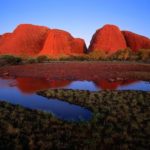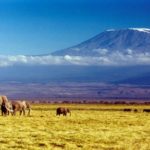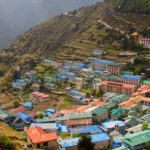Who was the first to conquer Everest?
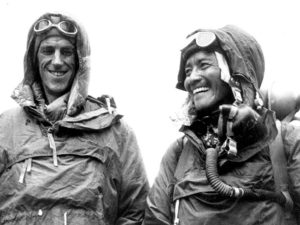 The idea to conquer the highest mountain, for the first time came to a person’s head most likely in the most ancient times. But only on May 29, 1953 at 11.30 a.m. the New Zealander Edmund Hillary and Sherpa Tenzing Norgay became the first to conquer Everest – a mountain 8888 meters high.
The idea to conquer the highest mountain, for the first time came to a person’s head most likely in the most ancient times. But only on May 29, 1953 at 11.30 a.m. the New Zealander Edmund Hillary and Sherpa Tenzing Norgay became the first to conquer Everest – a mountain 8888 meters high.
This news became known to the whole world on June 2, the day of the coronation of Queen Elizabeth II, which the British hailed as a good omen for the future of their country.
Everest – the majestic Chomolungma, located on top of the Great Himalayas in Asia on the border between Nepal and Tibet. In Tibetan this peak is called Chomolungma, which means “Mother Earth Goddess”, the English name is given in honor of Sir George Everest, a 19th-century British geographer in India. The summit of Everest is two-thirds of the thickness of the entire air atmosphere of the Earth. This is almost the maximum cruising altitude of jet airliners. The oxygen content there is extremely low, and the temperature is very low, the weather is completely unpredictable and very dangerous.
First attempt to conquer Everest
The first recorded attempt to conquer Everest was made in 1921 by the British expedition, which overcame more than 400 miles along the Tibetan plateau in order to get to where Everest is located. A severe storm forced them to interrupt their ascent, but the expedition members, among whom was George Lee Mallory, determined the ascent route from the north. To the journalist’s question “Why do you want to climb this mountain?”, Mellory joked: “Because it exists.”
During the second British expedition in 1922, climbers George Finch and Jeffrey Bruce reached an altitude of 8230 meters. In Mallory’s next attempt that same year, seven porters Sherpas died in an avalanche. The tribe of Sherpas, who have long lived in the highland province of Khumbu, from the first attempts to conquer Everest, assisted in expeditions because of their ability to easily tolerate great heights.
In 1924, on the third English expedition to Everest, Edward Norton reached an altitude of 8500 meters without the use of oxygen devices. After him, the malling peaks of Mallory and Andrew Irwin climbed about the same height, but after that no one else saw them alive. In 1999, Mallory’s body was found on the slope of Everest. Whether they reached the summit with Irwin or not, remains a mystery.
Several of the same attempts to reach the summit from the north from Tibet were unsuccessful. After World War II, Tibet was closed to foreigners. In 1949, Nepal opened its doors to the outside world, and in 1950 and 1951 several British expeditions undertook exploratory expeditions along the southern route.
In 1952, Raymond Lambert, a member of the Swiss expedition, and Sherpa Tenzing Norgay reached an altitude of 8600 meters, but were forced to turn back due to a gale and severe cooling.
Climbing Hillary and Norgay
Having learned about the movements of the Swiss, the British in 1953 organized a large expedition under the command of Colonel John Hunt. In addition to the best British climbers, the expedition included New Zealanders George Lowe, Edmund Hillary and experienced sherpa Tenzing Norgay. By the way, they write that Edmund Hillary was not a professional climber, but an ordinary beekeeper.
In April and May, a route was laid through the Khumbu glacier and through Lhotse along the southern slope. Having prepared several intermediate camps, the expedition began the ascent. Members of the expedition were equipped with special insulated boots and clothes, as well as had a walkie-talkie and oxygen devices.
May 26, Charles Evans and Tom Bourdillon stormed the summit, but they had to retreat, the summit of Everest remained untouched, because of the breakdown of oxygen cylinders, they did not reach only 300 feet.
May 28, Hillary and Norgay tried again. With the help of an escort, they equipped a high-altitude camp at 27,900 feet. After spending some night there, in the morning they set off. At 9 a.m. they reached the southern peak. Then they spent more than an hour to overcome the cliff that stood in the way.
Tenzing Norgay on top of Everest
After that, having passed the last snowdrifts, about 11 hours and 30 minutes climbers were at the top of the peak. We stayed at the top for about 15 minutes. Hillary took a picture of Tenzing on top, he refused to be photographed. Then they started the return descent.
In the upper camp, they were met by attendants. After they descended to the base camp, John Hunt sent a runner with a message to Namche Bazar from where the encoded message was sent to London.
Who first conquered Everest – Hillary and Norgay?
There is still a debate, who was the first to conquer Everest – Edmund Hillary and Tenzing Norgay.
According to the story of Norgay himself, Edmund Hillary was the first to enter the summit.
But according to Hillary, they climbed to the top at the same time. However, there is a photograph of Tenzing standing on top of Mount Everest, taken by Edmund.


